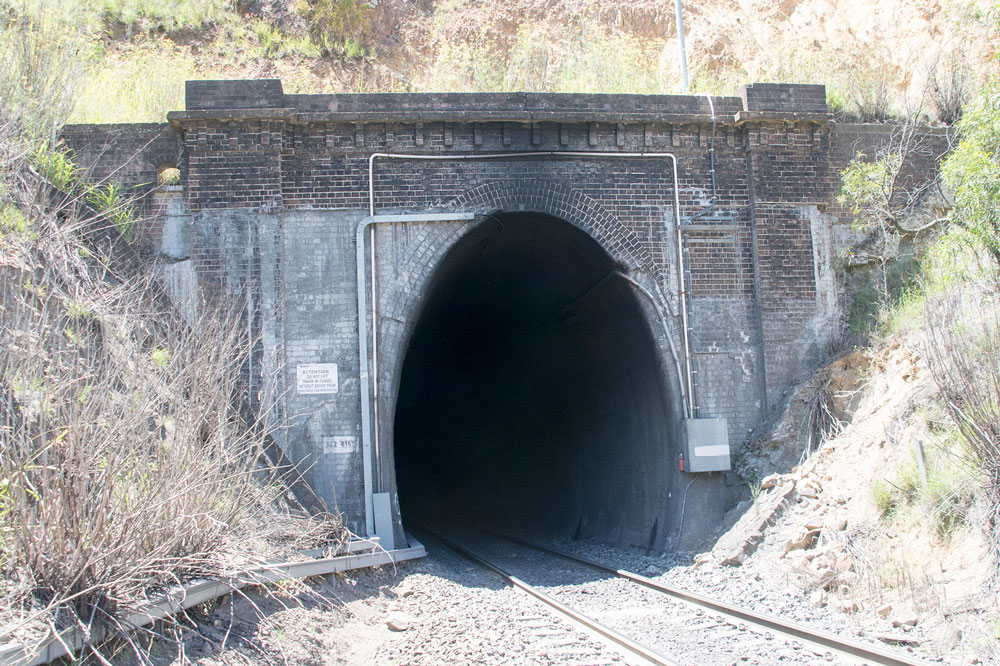CMPs and SoHIs
Conservation Management Plans (CMP) are the instruments required to manage a place or work of heritage significance. Statements of Heritage Impact (SoHI) are the documents prepared to manage change in a structure, often required to enable its continuing service or provide for safety to users. Both documents start with a heritage significance analysis, based on historical research; the important elements are readily identified and the conservation strategies can then be formulated in the most effective manner. Buildings, bridges, wharves, tunnels and many other types of historical infrastructure can benefit from an engineering approach to their conservation.
This simple steel beam bridge, dating from 1890, was the first known bridge for which Percy Allan, after whom the eponymous Allan truss is named, was the principal designer. It is also one of a very few left which uses buckled iron plates to support the deck. |
|
Identification of the heritage significance of this important 1880s railway tunnel enabled necessary portal stabilisation work to be designed to be sympathetic to the original fabric and its appearance. |
|
Research for the Conservation Management Plan for this simple jetty showed that it was based on an earlier ferry wharf which was an important transport hub in the late 19th century. The history even uncovered a link with the famous actress Sarah Bernhardt. |
|
De Burgh timber trusses are the least common of the remaining NSW timber truss bridges and unusual in that the basic truss layout follows the American ‘Pratt’ pattern rather than the more common ‘Howe’ type. The CMP prepared for this bridge also included a full structural analysis, repair details and the preparation of a routine maintenance management plan. |
|
A Conservation Management Plan is in progress for this unique 1888 iron and steel swing-span bridge. The engineering significance of using both iron and steel was identified, which hadn’t been in previous documents and the essential need to maintain cathodic protection was identified. Work involved underwater inspections and removal of modern concrete to examine the condition of the buckled plate deck soffit. |




